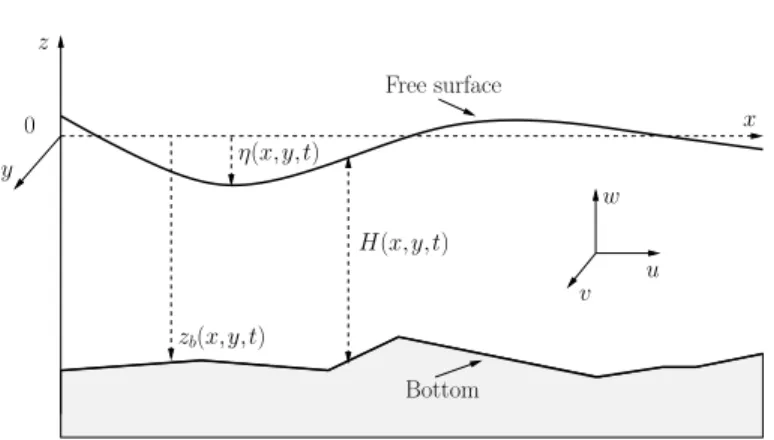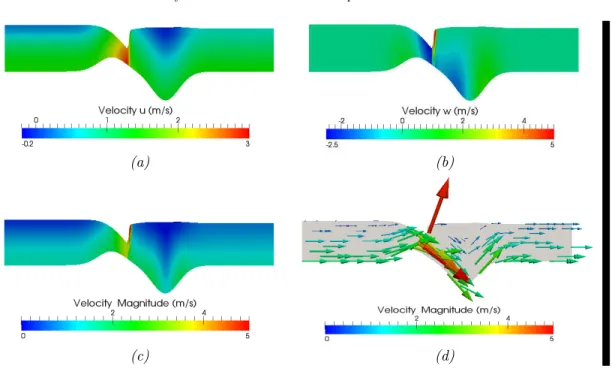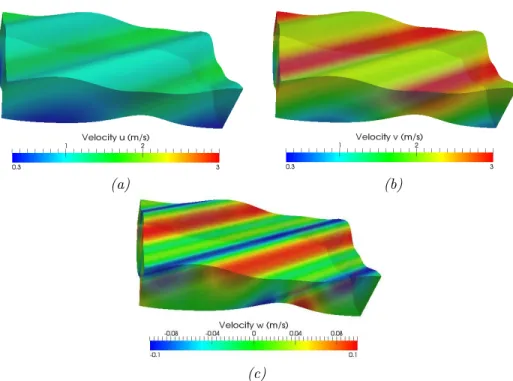Analytical solutions for the free surface hydrostatic Euler equations
Texte intégral
Figure




Documents relatifs
The method consists in embedding the incompressible Euler equation with a potential term coming from classical mechanics into incompressible Euler of a manifold and seeing the
us naturally to the notion of boundary-coupled weak solution. We have defined boundary-coupled weak solution using the vorticity formulation of the Euler equations. However, in order
Large amplitude oscillating solutions for three dimensional incompressible Euler equations.. Christophe Cheverry,
The transcripts under–represented in the spherical, aboralized Wnt3-MO embryos were during normal development systematically found expressed either in the oral ectoderm or in cells
(2010) [2] we show that, in the case of periodic boundary conditions and for arbitrary space dimension d 2, there exist infinitely many global weak solutions to the
this characterization to greatly simplify known existence results for 2D flows in the full plane (with special emphasis on rearrangement invariant regularity spaces),
Under CFL-like conditions based on the material velocity only (by opposition to the celerity of waves), this scheme preserves the positivity of the density and the pressure, and
To conclude the proof of Theorem 3.1, we use some monotonicity and one-dimensional symmetry results [3, 10] for positive solutions with bounded gradient of semilinear elliptic
